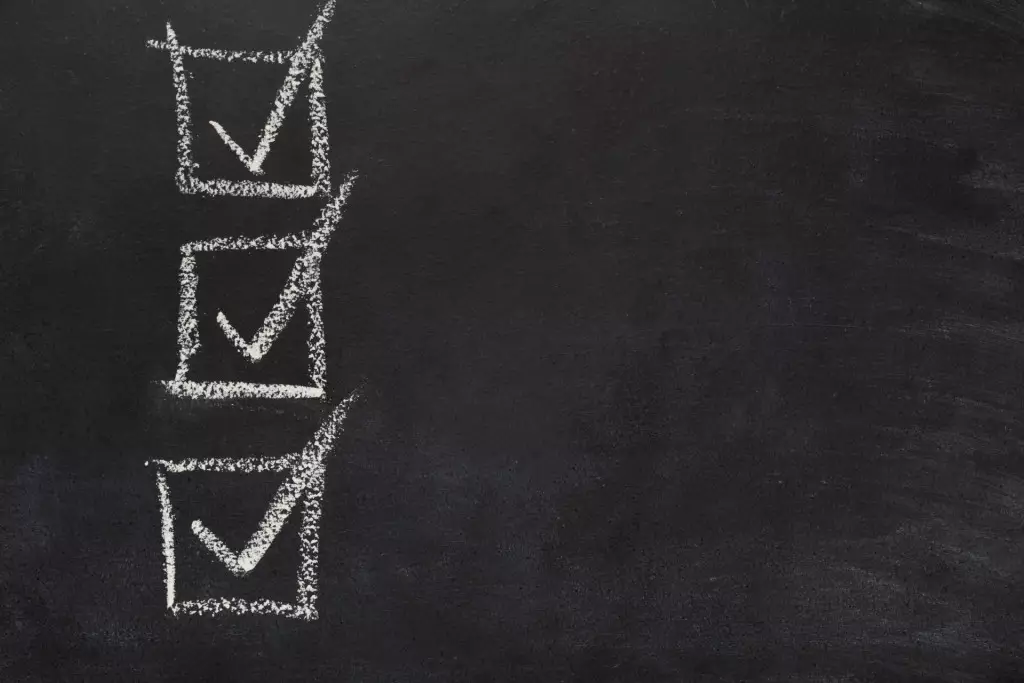What You Should Know Before Starting a Career in Pharmacovigilance
- 27/10/2025
Are you thinking about starting a career in pharmacovigilance?
This growing field is crucial in protecting patients and ensuring that medicines remain safe throughout their lifecycle.
Pharmacovigilance is more than data entry or case collection – it’s about understanding risks, identifying patterns, and helping save lives. Let’s explore what you should know before beginning your journey in pharmacovigilance.
The Growing Pharmacovigilance Market
The pharmacovigilance industry is expanding rapidly. According to Grand View Research, the global market was valued at $7.95 billion in 2024 and is expected to reach $11.78 billion by 2030, with an annual growth rate of 6.5%.
Why a Career in Pharmacovigilance Is a Smart Choice
The demand for pharmacovigilance professionals continues to rise, driven by several global trends.
First, the number of reported adverse drug reactions has increased due to the growing use of medicines and the introduction of more complex treatment combinations.
Second, the prevalence of chronic diseases such as cardiovascular, respiratory, and metabolic disorders means that more patients require long-term drug therapy, and long-term treatment always comes with safety monitoring needs.
Third, regulatory agencies like the EMA and FDA enforce stricter safety standards. This creates a higher demand for experts who can ensure compliance and maintain product safety throughout a medicine’s lifecycle.
Finally, many pharmaceutical companies now outsource pharmacovigilance services to specialised providers, creating even more job opportunities across the globe.
As a result, pharmacovigilance careers are becoming increasingly stable, respected, and financially rewarding.
What Does a Pharmacovigilance Specialist Do?
Many believe that pharmacovigilance is about collecting side effects – but that’s far from true. In reality, it’s an analytical and investigative science.
You’ll identify safety signals, prepare risk management plans, and write periodic safety reports (PSURs/PBRERs).
These activities help companies and regulators make data-driven decisions that protect patients.
Modern pharmacovigilance also uses AI and automation to process large data sets. However, critical thinking and human judgment remain at the core of every decision.
The Responsibility Behind Routine Work
Pharmacovigilance involves structured and repetitive data entry, validation, and reporting processes. However, every Individual Case Safety Report (ICSR) you process represents a real patient.
Even the most routine task has meaning when it contributes to patient safety.
That’s why accuracy, responsibility, and ethical thinking are essential pharmacovigilance skills.
Staying Up to Date: News, Science, and Regulations
Pharmacovigilance is a dynamic field that evolves daily. To stay effective, you must regularly follow scientific publications, regulatory updates, and industry news.
Authorities like EMA and FDA publish new safety signals almost every week. Medical journals often describe new or rare ADR cases. Even professional forums and social media may reveal valuable safety discussions.
Updating your knowledge isn’t optional – it’s part of the job.
The Power of Soft Skills
Technical knowledge is crucial, but soft skills can truly set you apart.
You’ll communicate daily with medical writers, data managers, regulators, and IT specialists. Attention to detail is vital – even small mistakes can have serious implications.
You’ll also need decision-making and problem-solving skills, especially when handling new safety signals or urgent cases.
Developing these skills is just as important as mastering database tools.
Managing Deadlines and Time Pressure
Pharmacovigilance runs on strict timelines – 7, 15, or sometimes 90 days. Strong time-management and organisational skills are your best allies.
Planning submissions (e.g., PSURs/PBRERs), tracking signal evaluations, and meeting global deadlines require precision.
Pressure can be part of a career in pharmacovigilance – but meeting those deadlines is not just administrative. It’s about ensuring timely action for patient safety.
Regulatory Knowledge Is Your Foundation
To grow your pharmacovigilance career, you must understand the regulatory landscape.
Familiarise yourself with ICH guidelines, EMA GVP Modules, and FDA regulations.
Learn key terms like “Day 0,” “adverse event,” and “adverse drug reaction.”
This knowledge helps you communicate confidently with regulators, auditors, and employers – and gives you a strong competitive edge.
How to Start a Career in Pharmacovigilance
If you’re new to the field, build a solid educational foundation. An ideal degree in pharmacy, medicine, biotechnology, or life sciences is in these fields.
Next, pursue pharmacovigilance training or certification programs – different platforms offer great introductions to the field.
Gaining experience in medical literature monitoring, case processing, or regulatory affairs can be a good first step toward your dream role.
Conclusion
Pharmacovigilance is not just a job – it’s a meaningful mission that combines science, data analysis, technology, and empathy.
If you’re ready for responsibility, continuous learning, and a role directly impacting global health, this career could be your perfect path.
Finally, don’t miss our DrugCard blog – packed with up-to-date analytical reports, case studies, and news in pharmacovigilance. Whether launching your career, deepening your knowledge, or being an experienced professional, it helps you stay informed, sharpen your skills, and stay ahead of key industry trends.
- 08/12/2025
- Drug Safety


